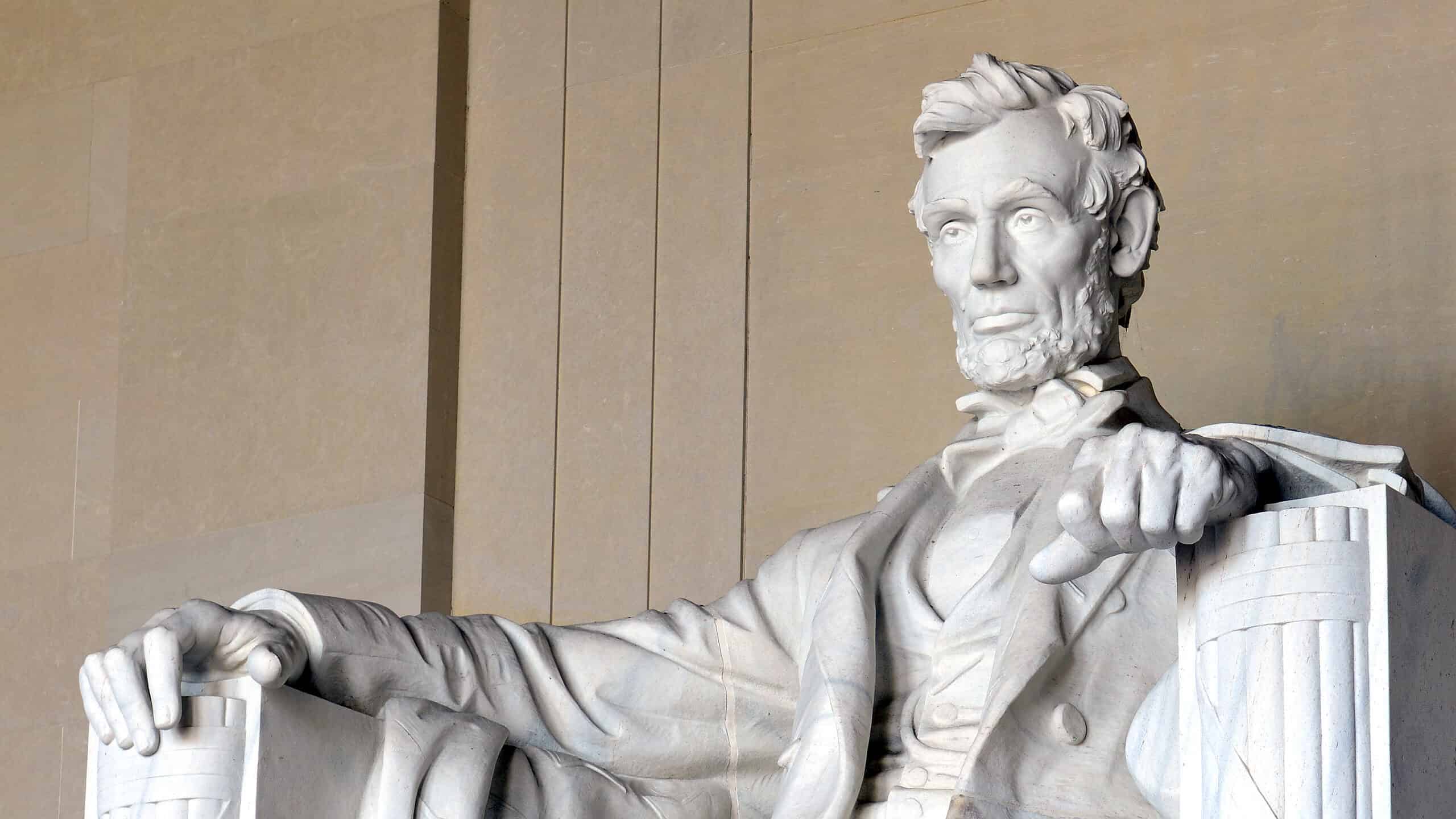





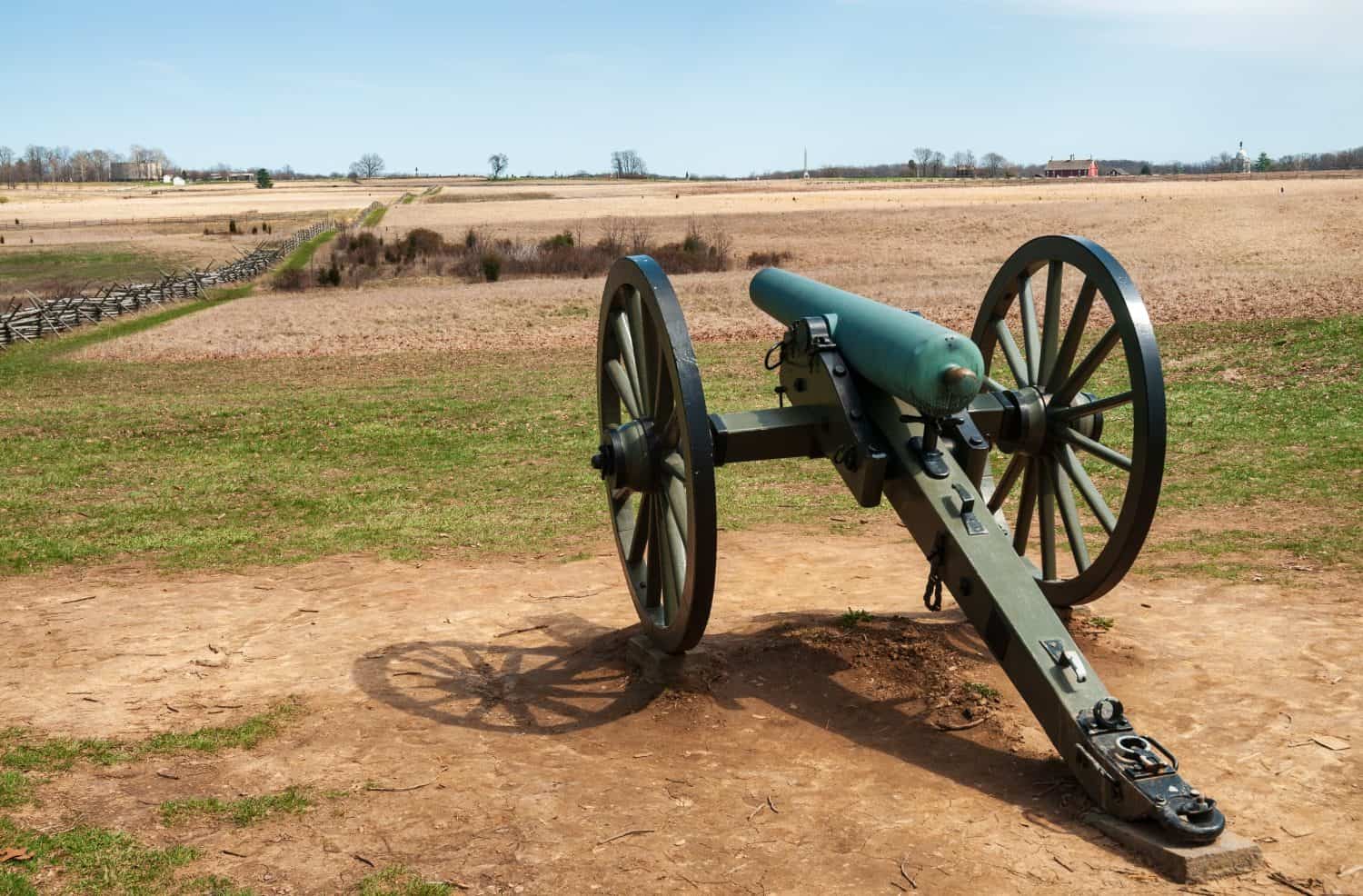

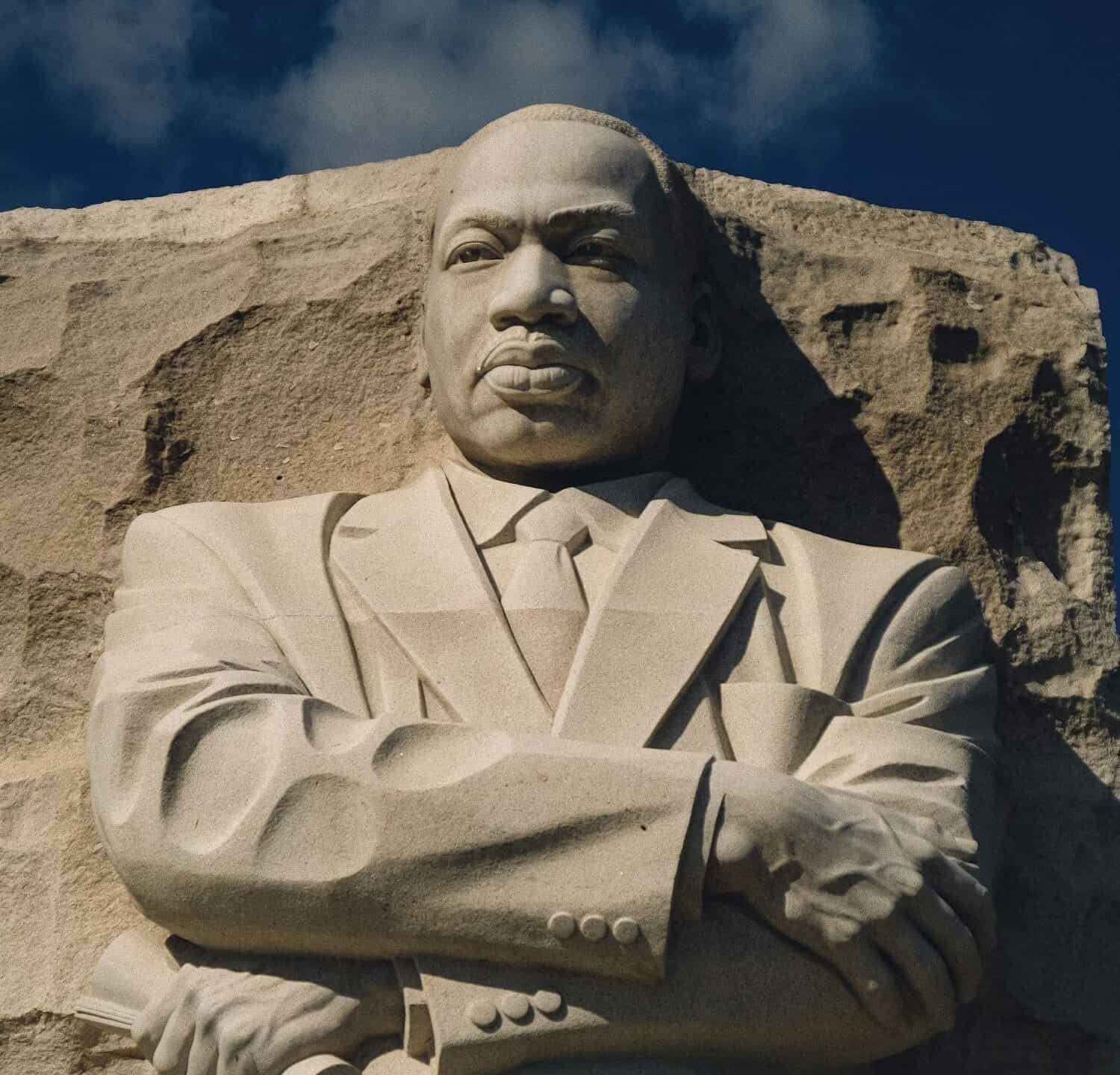
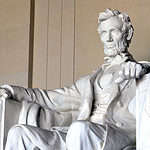





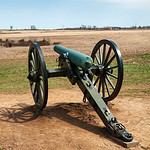


The Most Basic Civil War Facts Most Americans Don't Know
The American Civil War was one of the most devastating conflicts the United States has faced. Lasting from 1861 to 1865, the war was fought mostly over the issue of slavery. The Southern states (Confederacy) were determined to maintain their rights to have slaves and free labor, while the Northern states (Union) fought to abolish the barbaric practice. The devastating war ended with the Union "winning" and the abolishment of slavery but with so many lives lost, it's hard to call it a win.
More than three million slaves were freed after the Civil War, although it took time for word to reach every state and this was only the beginning of the fight for rights for African Americans in the United States. One well-known fact is that Abraham Lincoln was president at the time, and was assassinated in 1965 while watching a play with his wife. Lincoln did not die immediately but was shot behind the left ear, and the bullet lodged behind his right eye. Nine hours later, he succumbed to his injuries. His killer, John Wilkes Booth, was a firm Confederate sympathizer who resented Lincoln's policies designed to abolish slavery and form a united nation.
That's a basic overview of a conflict that was extremely complicated, included 10,000 battles, and cost over 650,000 American lives. As time goes on, many Americans forget basic facts about the Civil War, so we've put together a list of those to ensure you understand the importance of this time in history.
When Was the First Battle of the War?
The Civil War's first battle was the Battle of Fort Sumter. It started on April 12, 1861, and ended the next day. It was the official start of the war as Union forces fired on Confederate forces, and occurred in Charleston Harbor, South Carolina. There were no casualties during this bombardment, but the Union did surrender Fort Sumter to the Confederacy.
When Were All Slaves Freed?
It's a common misconception that once President Lincoln signed the Emancipation Proclamation, all slaves were automatically freed, but the truth is much more complicated. Enslaved people were free by declaration on December 6, 1865, and the proclamation only freed those in Confederate states, not Union-held slave states or states the Union already controlled.
After the proclamation on January 1, 1863, Union General Gordon Granger set out on horseback to inform those in all Confederate states. Because travel was slow back then, word didn't reach Galveston, Texas, until June 19, 1865. Once he arrived, he issued General Order No. 3 to end slavery in Texas. This day is now celebrated as Juneteenth and is a federal holiday.
Simply freeing the enslaved people didn't fix the problem. Many had no land, no money, and little education. The process of providing equal rights to all people continues today.
Why Did the Confederacy Surrender?
The Confederacy surrendered to Union General Ulysses S. Grant in Virginia on April 9, 1865. General Robert E. Lee completed the process at Appomattox Court House after realizing their efforts were futile. While this was the beginning of the end, it took several weeks for all Confederacy forces to surrender.
There were many reasons why the Confederacy surrendered. One was the Union's military success, like those at the Battle of Gettysburg, the March to the Sea that decimated Southern infrastructure, and the siege of Petersburg. The second reason was the blockade of Southern ports by the Union's blockade which crippled the economy and led to shortages of weapons, food, and ammunition.
The population became tired of war when the Confederate economy began to crumble because of its heavy reliance on agriculture and slavery. The Confederate army had little foreign support from places like France and Britain. These forces remained neutral during the war.
The Union army had a larger industrial base and a larger population of soldiers. This made it easy for them to prepare for a long-term strategy, while the Confederacy was losing forces in devastating numbers.
Who Were the Powerful Leaders of the Confederacy?
The army's primary political leader, Jefferson Davis, was the President of the Confederate States of America during the war. Alexander H. Stephens was his vice president, although they clashed often.
General Robert E. Lee was the army's most celebrated leader and General of the Army of Northern Virginia. He was also the one who surrendered to the Union army at the end of the war. Thomas "Stonewall" Jackson worked under General Lee and is most famous for his role in the First Battle of Bull Run. He was killed in 1863, and this devastated the Confederate army's morale.
Other important military leaders include J.E.B. Stuart, James Longstreet, Joseph E. Johnston, P.G.T. Beauregard, Juda P. Benjamin, and Nathan Bedford Forrest.
Who Were the Major Leaders of the Union?
Ulysses S. Grant served as the General-in-Chief of the Union Army for one year until it ended and was one of the Union's most successful generals. Abraham Lincoln was the President and Commander-in-Chief of the Union army, while Edwin Stanton served as the Secretary of War.
William Sharman was a key subordinate of General Grant and is famous for the war tactics employed during the March to the Sea. Other important figures include Commander of the Army of the Potomac George Meade, George H. Thomas, Winfield Scott, Joseph Hooker, and Ambrose Burnside.
What Was the Bloodiest Battle of the War?
The Battle of Gettysburg was fought around Gettysburg, Pennsylvania, from July 1 to July 3, 1863. The Confederacy suffered more than 51,000 casualties including missing, captured, wounded, or killed soldiers. The Union suffered approximately 23,000 casualties.
This was a turning point in the war, as General Lee's invasion of the North was halted by the Union's victory. This weakened the Confederacy's belief that they could sustain the war and boosted Union morale.
While this was the deadliest battle of the war, the bloodiest day was September 17, 1862, at the Battle of Antietam. In one single day, more than 22,000 soldiers were wounded, killed or missing.
What was the Dred Scott Decision?
In 1857, the United States Supreme Court issued a landmark ruling known as the Dred Scott Decision. The decision stated that Congress should not prohibit slavery in the territories, that slaves were property, and that African Americans were not citizens. Dred Scott was a Missouri slave who was taken by his owner to free territories and sued for his freedom.
This decision polarized the nations and created a deep division between the South and the North. It halted the efforts of many to stop slavery. It contributed to the rise of the Republican Party and greatly influenced the election of 1860 when Abraham Lincoln was elected. The Dred Scott Decision was a legal precedent until the 13th and 14th Amendments were ratified. The 13th Amendment abolished slavery and the 14th amendment gave African Americans citizenship.
What Role Did African Americans Play in the Conflict?
African Americans contributed greatly to both sides of the war. Their involvement played an integral part in the struggle for equality and freedom. They were a key labor force in the south and many escaped to Union lines where they were accepted as property of the enemy.
African Americans joined the Union army after the Emancipation Proclamation. By the end of the war in 1865, almost 180,000 African American men had enlisted in the army. They served in artillery, cavalry, and infantry, and as nurses, laborers, and cooks.
Leaders like Harriet Tubman, Sojourner Truth, and Fredrick Douglass worked during the war to free slaves and fight for equal rights for all. The presence of these leaders along with the African American soldiers did much to boost morale and contribute to the military.
African American women served as spies, nurses, and home front support. They organized clothing and food drives, supported their families, and cared for the wounded and sick soldiers. In summary, the contributions of African Americans in the war greatly helped with the abolition of slavery and the groundwork for the Civil Rights movement.